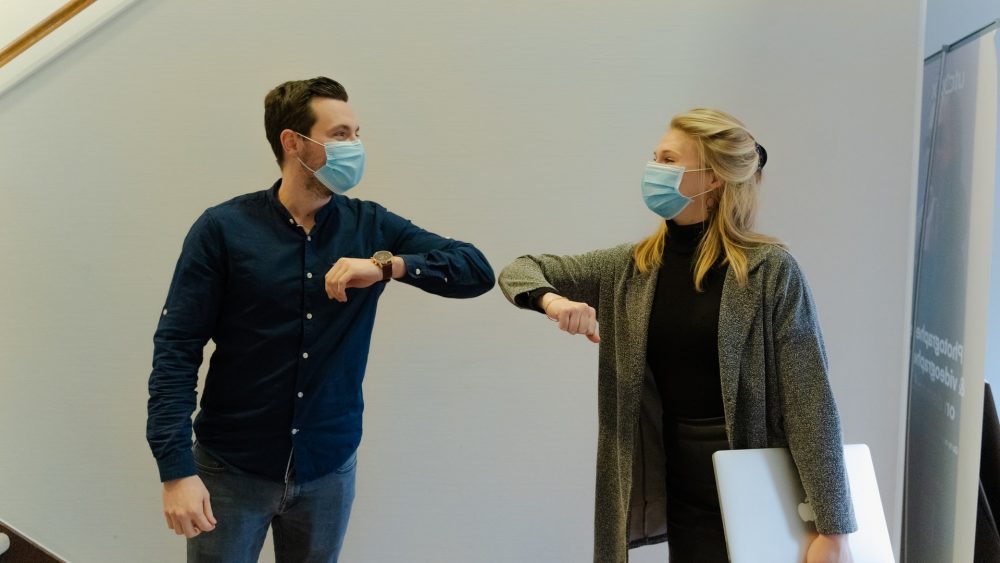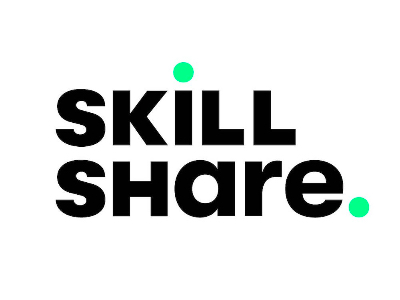As coronavirus restrictions continue to ease and employees here return to work from furlough, a challenging dynamic is beginning to emerge.
Increasingly, there is a disconnect between those who continued to work and those who were furloughed. If left unaddressed, this could cause significant workplace disruption and productivity could be impacted.
Often, those who continued to work, did so with reduced resources because colleagues were furloughed and arrangements with additional temporary support – like consultants and agencies – were concluded. In many cases, retained colleagues experienced an increased workload – covering tasks normally assigned to furloughed colleagues – and found themselves operating in a more pressurised environment – as non-essential businesses closed, the economy contracted, and opportunities were harder to realise. For some retained colleagues, there was also the additional pressure of caring responsibilities.
One of my clients shared her experience of trying to manage an increased workload, after her team was furloughed, and with two small children at home. She carried a disproportionate ‘at home’ burden because her partner was an ‘essential worker’ and required to work. She said, “I felt like I was failing at everything and it was really hard.”
Those who continued to work may also have an inaccurate – possibly unfair – perception of the furlough experience. The most common misconception is that these colleagues were able to relax and unwind – in many cases on full pay. For those who were furloughed however, the situation may have been quite different. This may have been a period of heightened anxiety with a growing fear that it would end in redundancy. Perhaps furloughed colleagues are apprehensive about organisational changes that have occurred in their absence or the reception they will receive when they come back.
When colleagues feel unsettled, anxious, or disconnected from each other, it can negatively impact team unity and cohesion – and that can have a detrimental effect on colleague wellbeing and business productivity. With that in mind, I wanted to share a few tips for successfully reboarding furloughed colleagues and achieving a successful transition.
Respect different experiences from the past year. Everyone will have had their own unique journey over the past year, with different experiences they can draw from. Create a safe space as a team to discuss and share lived experiences and what can be learned. How can you apply those learns as a team to create team unity and drive business productivity? What are colleagues hopes and fears and how can you help them be successful?
Respect working preferences in a ‘post-Covid’ world. For some, Covid has enabled extra freedom and flexibility, and people may be anxious about reverting to old ways of working. Explore how positive innovations from the past year can be maintained as you return to ‘normal’.
Ensure everyone is clear on roles and responsibilities. Look at what you have to achieve over the next period and the different preferences and abilities within your team. Remind colleagues of the value they each bring to the team. Co-create a roadmap for success by discussing and agreeing what everyone is doing, how and when. But remember to build in a little flexibility if circumstances change down the line.
Encourage inclusion by sharing business updates from the past year – and giving people time to transition back at their own pace. If someone was out of the business for a long time, they will need time to reintegrate. Bring everyone up to speed on changes, the latest thinking and developments – this increase cohesion and gives everyone a common starting point. And always assume the most respectful interpretation – nobody wants to do a bad job, but people may need extra time to adjust, especially where teams, roles and responsibilities have changed.
Empathetic communication is key. People are much more receptive – and responsive – to an open and honest two-way style of communication. And be an active listener – so that you can hear what is being said, and not being said! With empathetic communication, you increase the likelihood of building solid relationships, creating community, and achieving hoped-for outcomes.
Do these few things right to successfully reboard colleagues, reconnect teams, and create a happy and high-performing working environment.
About the author
 Clare Spratt People Development Consultant and Facilitator https://netleyconsulting.com/
Clare Spratt People Development Consultant and Facilitator https://netleyconsulting.com/
After 18 years working in learning and development, I set up Netley Consulting, a boutique consultancy offering programme design, learning delivery, and workshops for leaders and their teams.
I help businesses achieve their goals by focusing on people; that’s because businesses only truly succeed when people feel valued, are supported to develop and grow, and there is a culture of mutual respect and appreciation.
Are you looking to return to work after a career break? Searching for advice and tips? WeAreTheCity has a whole dedicated section to returnships and returning to work. You can find open returnship opportunities, advice for experts about returning to work and tips on flexible working.









